A colonial attitude remains pervasive among those who defend the trophy hunting of elephants. They argue that ‘the west’ must stop lecturing Africans about how to manage their elephants.
But it was Western hunters who shot elephants out to the point where they had to establish reserves, dispossessing and crowding out local communities in the process.
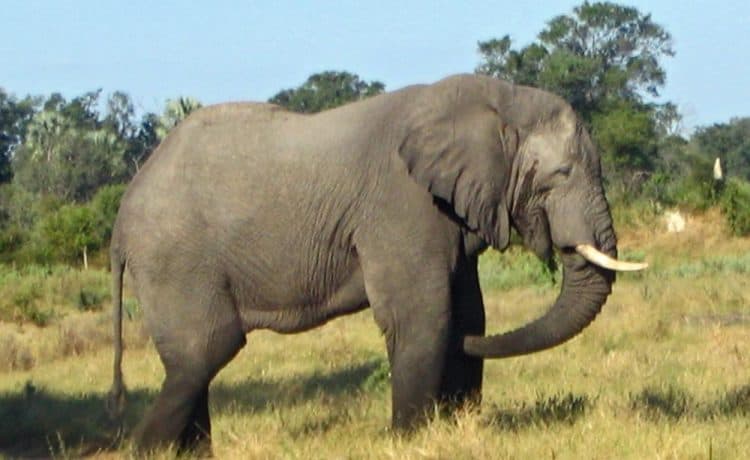
Fortress conservation and green militarisation are direct functions of these past colonial activities that created a ‘white hunter/black poacher’ narrative.
Imperial saviours
A major part of the reason that local communities are so upset at being excluded from national parks has much to do with how they were established in the first place -largely by colonial authorities creating hunting playgrounds.
Public relations efforts to paint western trophy hunters as the imperial saviours of poor African communities are therefore difficult to countenance.As with colonialism and slavery, the hunting of elephants for sport will eventually be abolished.
The hunting of elephants for sport is morally dubitable, with hunters arguing that they kill the animals they love for the sake of conservation. In reality, the conservation value of hunting is being questioned, and its direct revenue contributions are rapidly declining.
The ostensible indirect benefit through monetary and bushmeat contributions to communities remains questionable in light of governance concerns.
Woodlands
Botswana, which has agrowing elephant poaching problem, reintroduced hunting on the premise that an exploding elephant population had exceeded its carrying capacity. But even Ron Thomson, having defended hunting his entire career, agrees that hunting is not a population-control method and “will have no ecological impact whatsoever on the elephant over-population problem that certainly exists.”
He argues that elephant management in Botswana has nothing to do with hunting or politics but everything to do with establishing a “management solution to a population of elephants that is very obviously grossly in excess of its habitat’s sustainable carrying capacity.’”
Thomson cites no science in support of his view that carrying capacity has been exceeded. Conversely, 24 scientists contributed to: The Return of the Giants: Ecological Effects of an Increasing Elephant Population, published in Ambio, a scientific journal, in 2004.
The article states:”Much of the Chobe elephant problem has concerned the role of elephants in the disappearance of the riverine Acacia woodlands on the elevated alluvial plains along the Chobe River.
“As we have shown, these woodlands were probably a transient artefact, caused by artificially low densities of large herbivores following rinderpest and excessive hunting of elephants about 100 years ago, creating a window of opportunity for seedling establishment.
Carrying capacity
“Now that these woodlands have all but disappeared, their re-establishment would require drastic reductions in herbivore populations, including not only elephants, but also smaller browsers like impala.
“Our studies have confirmed that the ecosystem along the Chobe riverfront has changed profoundly since the 1960s, probably reverting towards a situation somewhat similar to the one before the excessive hunting of elephants and the rinderpest panzootic [a virus].
“There is, however, little evidence of a reduction in the carrying capacity for other large herbivores, in fact the dominating species of browsers, grazers and mixed feeders have increased in numbers concurrently with the elephants.
“We do not, however, see any ecological reason to artificially change the number of elephants in Chobe National Park, either through culling or opening new dry season ranges by providing extra water from boreholes.”
Habitat complexity
Further to this, 16 scientists co-authored a piece in Science Advances in 2015 that demonstrates that what pro-cullers refers to as ‘destruction’ is more appropriately understood as conversion:”African elephants convert woodland to shrubland, which indirectly improves the browse availability for impala and black rhinoceros.
“By damaging trees, African elephants facilitate increased structural habitat complexity benefiting lizard communities.
“Predation by large predators (for example, lions) on small ungulates is facilitated when African elephants open impenetrable thickets. African elephants are also great dispersers of seeds over long distances.”
Insisting on ‘carrying capacity’ as the primary factor to determine elephant population size betrays Thomson’s world view that “there is nothing ‘natural’ about wildlife management”.
His view is that the natural order is there mainly to serve man. That attitude subverts the call to steward responsibly to one of mere domination.
Diversity protection
Thomson laments that “today, all over southern Africa, our national parks are being managed as ‘elephant sanctuaries’– at great cost to biological diversity”and that we should all be ashamed of ourselves for having allowed this.
Thomson views culling as the only serious ‘management solution’. He is furious that “governments will not cull even the most excessive of elephant populations”and blames biological diversity destruction on this decision alone.
Against all science, reverting to the view that wildlife management is akin to managing an agricultural establishment, Thomson says the optimal carrying capacity in southern Africa is “in the vicinity of one elephant per 5 km2”.
Therefore, Botswana on its own may be able to sustainably carry “infinitely less than 50,000”. And, of course, we shouldn’t fear because elephants in rejuvenating habitats will double their population every 10 years and have to be culled again.
His lust for culling on the altar of some utopian notion of species diversity protection is telling.
Gene depletion
Thomson endorses hunting because “it will provide many benefits to the local rural folk’, again emblematic of colonialist language. But he really believes in mass culling as the only sustainable solution.
Culling is deeply questionable on every level. Elephant populations in Africa are declining at the hands of poachers.Hunting will only amplify the negative effect of poaching, as it also targets large tuskers.
The removal of prime males from elephant families causes social havoc and gene depletion, and culling makes everything worse.
Added to this, culling actually creates a population problem rather than solving it. In the subsequent 20 years to the Kruger culling of 1994, the elephant population increased non-linearly from about 8000 to 15000 individuals and has continued to grow exponentially.
Perhaps it is most important for Thomson to understand that the culling of the past, much of it overseen by him, has caused irreparable damage to elephants and other species.
Unexpected consequences
It has been found that abilities to process information on social identity and age-related dominance are severely compromised among African elephants that experienced separation from family members and translocation decades previously.
Professor Don Ross writes:”For a number of years, southern African wildlife managers culled [elephant] herds to prevent over-population from threatening habitat sustainability.
“Typically culls would focus deliberately, though not exclusively, on older bulls who had already made substantial genetic contributions. In consequence, in two South African reserves in the 1990s young bulls were relocated to constitute new bachelor herds, without any older bulls to provide leadership.
“This had dramatic unexpected consequences. The young bulls displayed recurrent, atypical, lethal violence against rhinoceroses, and were occasionally observed forcing copulations with them.”
Thomson really should be aware of these studies that provide detail of the negative effects of culling and the loss of older bull males for elephant herd sociology.
Poaching epidemic
In the context of a poaching epidemic, it simply does not make sense to allow the trophy hunting of older bulls, let alone to cull.
Older bulls’ tusks grow exponentially larger towards the end of their lives and their musth cycles suppress the musth cycles of younger bulls and therefore prevent premature breeding and violent behaviour.
Large tuskers are in severe decline, and must be heavily protected from trophy hunting and poaching, as Dr Michelle Henley has noted.
Furthermore, trophy hunting of elephants, never mind culling, raises serious moral questions. Thomson’s language is crudely utilitarian – elephant hunting and culling are seen as a means to an end, that end being a utopian bushveld garden free from vegetation transformation or ‘too many elephants.’
The means are justified and rationalised on those grounds, typically with an appeal to ‘stick to the facts’ or to keep emotion out of the equation.
Governance challenges
Arguments that communities have called for hunting to return are not to be ignored. But to unthinkingly claim that only Western armchair critics are opposed to the practice is to ignore the fact that the whole trophy hunting endeavour (of elephants especially) is imperialistic and morally questionable.
Aside from the moral questions and the conservation consequences of culling and hunting, it’s not clear that governance challenges associated with managing hunting have been solved.
Will local communities get a fair share of hunting revenue (which is globally declining)? How will that money be distributed in a way that genuinely serves community members and incentivises them to drive conservation-driven development?
If bushmeat is what communities are asking for, are there not feasible alternatives to trophy hunting?
I’m highly sympathetic to the voice of communities, and have written extensively on the topic, but I am not sympathetic to elephant hunting as a solution unless the governance challenges are properly addressed and the science that shows how the extermination of 400 older males a year – in the midst of a poaching crisis – can be ‘sustainable’ when the number of large tuskers are dwindling.
Disrupting sociology
The entire population is also likely in decline. Elephant-themed revenue creation projects, being pioneered on the ground by excellent outfits such as Eco-Exist, which aim to drive down human and elephant conflict, are surely the way forward.
It is not scientific or objective to divorce the material psychological consequences of culling and hunting elephants from necessary ecological management.
The science shows us that disrupting elephant sociology is inextricably linked to negative conservation consequences.
Increased aggression among elephants due to culling, hunting and poaching will only increase human and elephant conflict. We have to pursue co-existence and shared benefits rather than a crude utilitarianism that wilfully endorses cruelty.
This article by Ross Harvey was first published by TheEcologist.org on 20 June 2019.
Ross Harvey studied a B.Comin Philosophy, Politics and Economics at the University of Cape Town (UCT), where he also completed an M.Phil in Public Policy. At the end of 2018, he submitted his PhD in Economics, also at UCT. Ross is currently a freelance independent economist whoworks with The Conservation Action Trust.
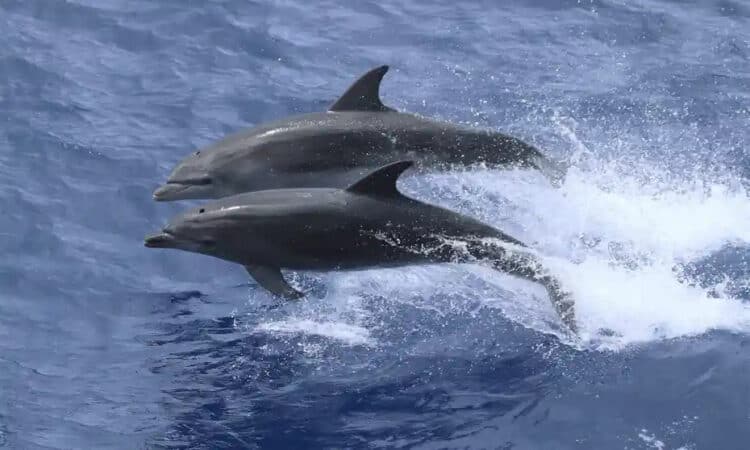
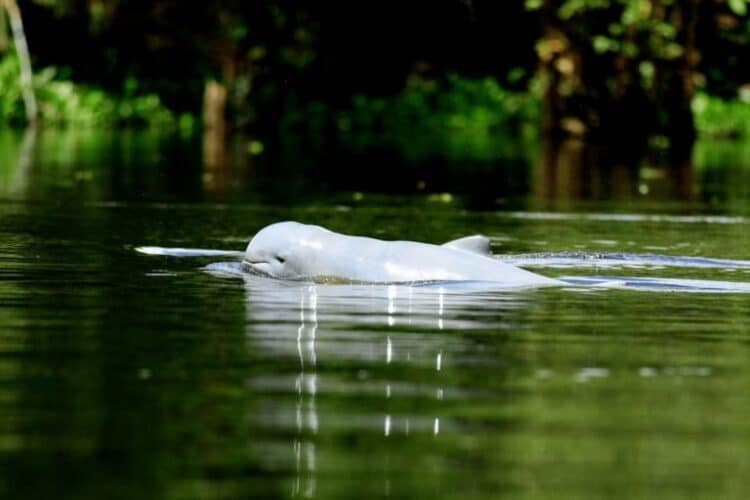
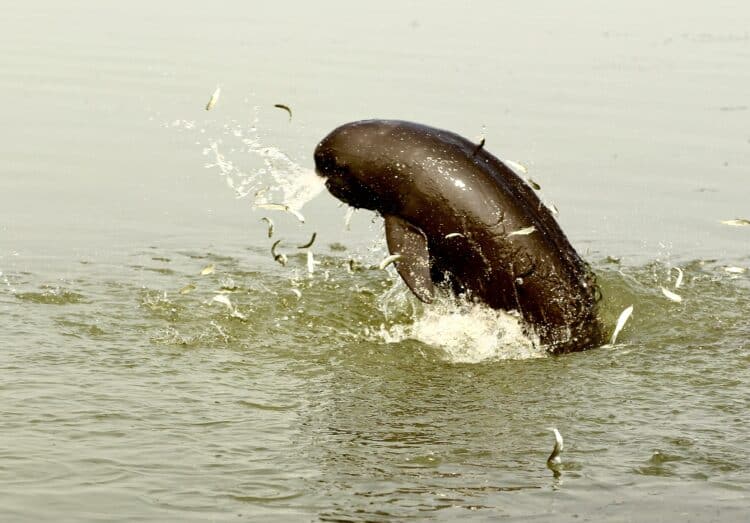


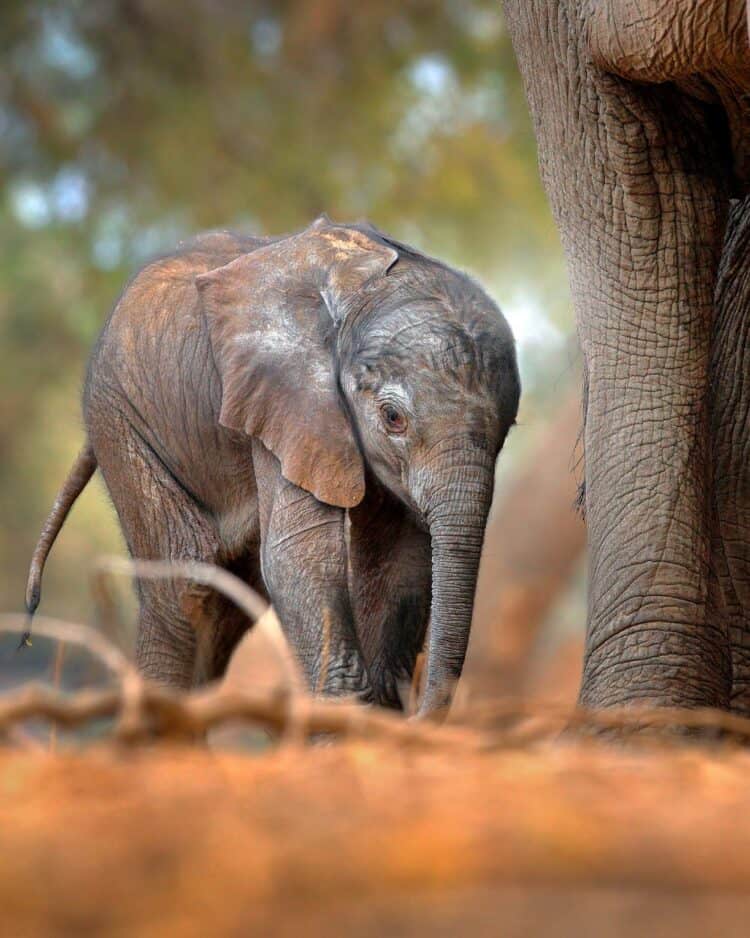
Leave a Reply